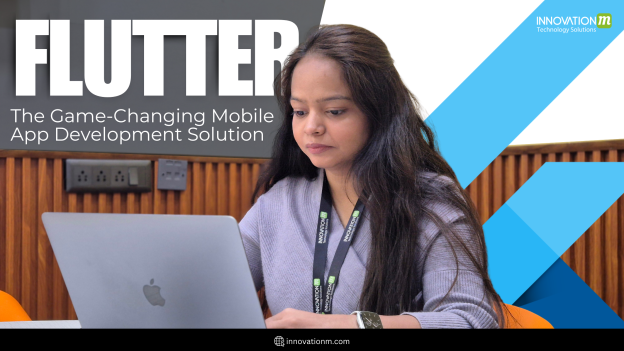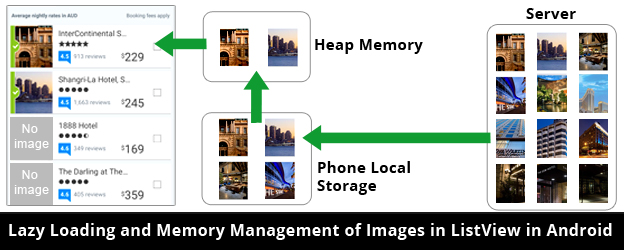
Responsive Design: The Unrecognized Champion of Contemporary Web Applications
Picture this: It’s a cool night, and you’re snuggled up on the sofa, browsing through your preferred online shop on your device. You find the ideal jacket, click to purchase it, but the site crashes. Buttons are overly tiny, the text is not aligned properly, and annoyance arises. You decide to forgo the purchase. Now, Continue Reading »
 End to End Technology Solutions
End to End Technology Solutions


























